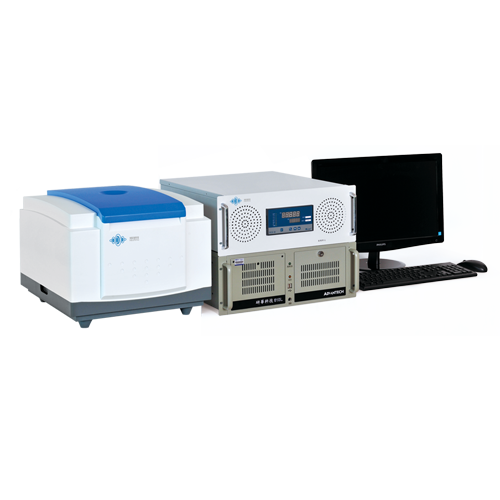Studies have shown that a person consumes 8,469 kilograms of oil during his or her lifetime just to feed, clothe, clothe and move around. As an important strategic mineral resource, petroleum and natural gas are not only related to People’s Daily life, but also of great significance to economic development. After a hundred years of exploitation, the development of oil and gas resources has become increasingly difficult, and the exploration objects have gradually shifted from conventional to unconventional, from land to sea, from shallow to deep water, putting forward increasingly higher requirements for related technologies and equipment. How to wake up more oil and gas resources? How to evaluate the stimulation and protection of oil and gas reservoirs? As an advanced analytical method, what role can nuclear magnetic resonance (NMR) play?
The basic unit of hydrocarbon accumulation in the earth’s crust. What we know as oil and gas is usually collected from such traps, so oil reservoirs are also called natural “reservoirs” for storing oil and gas. In the earth’s crust reservoirs can be divided into two major categories, conventional and unconventional, in recent years, with the constant discovery and research of unconventional oil and gas exploration, is established on the basis of conventional reservoir study of the traditional petroleum geology theory and method of getting more and more difficult to adapt to the needs of oil and gas exploration and development of the new situation, many scholars put the point of interest in dense oil and gas, shale oil and gas in the study of unconventional oil and gas reservoir.
Oil and gas reservoir protection technology is one of our main research directions. This technology is a systematic engineering, which needs to implement reservoir protection in every link from oil and gas reservoir drilling to development exhaustion. The core is to use a variety of technologies to maintain or improve the permeability of reservoir pores, so as to achieve efficient, sustainable and scientific development of oil and gas reservoirs, reduce costs, extend the development life of oil and gas fields, and improve oil and gas recovery.
Reservoir protection technology is one of our main research fields. It is a system engineering, and reservoir protection is needed in every link from drilling to exploitation. The core is to use a variety of technologies to maintain or improve the permeability of reservoir pores, so as to achieve efficient, sustainable and scientific development of oil and gas reservoirs, reduce costs, extend the development life of oil and gas fields, and improve oil and gas recovery.
Another focus of our research is the unconventional reservoir geology mentioned at the beginning, such as the study of unconventional high-quality reservoir control factors such as deposition, modeling, diagenesis, heterogeneity, pore structure, and fluid saturation for shale gas and tight oil. As the research and exploration continue to deepen, this part of the need to introduce nuclear magnetic resonance equipment.
Acidification is one of the most important measures to increase the production and injection of oil and gas reservoirs. The total content of calcium carbonate and calcium magnesium carbonate in carbonate rocks is usually more than 90%. Low Field NMR In other words, most rock components can be dissolved by the injected acid.” We wanted the acid to be able to dissolve some of the rock and expand the pore space enough to allow the oil to reach the ground, but not so much that it would cause the rock to get too loose and crush and collapse and lose the flow path.”
To ensure the orderly flow and maintain the integrity of the rock’s own pore structure, it is necessary to study the change law of the rock’s pore structure before and after the acid rock reaction. To reveal the pore structure characteristics of rock on the micro scale, in addition to the high pressure mercury injection, gas adsorption, traditional methods such as field emission electron microscope, CT scan, and now the commonly used low field nuclear magnetic resonance (NMR) technology, due to small pore and pore spatial distribution of reservoir rock heterogeneity is very strong, compared with nuclear magnetic resonance (NMR) technology on NDT, online real time observation and high test efficiency, more intuitive, accurately grasp the rock pore structure characteristics of the whole.” High pressure mercury injection, field emission electron microscopy, etc., can cause damage to the test samples, while the samples tested by NMR can also be reused, which ensures high contrast between different experimental results. With the completion of the supporting equipment such as heating and pressurizing, the NMR instrument can restore the underground high-temperature and high-pressure environment, which is convenient for researchers to guide the field operation according to the laboratory experiment results.

 NIUMAG
NIUMAG